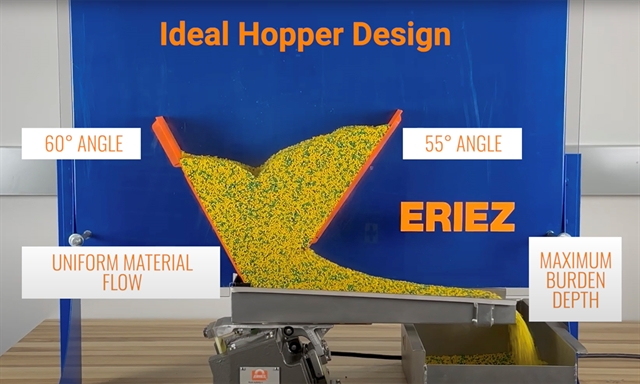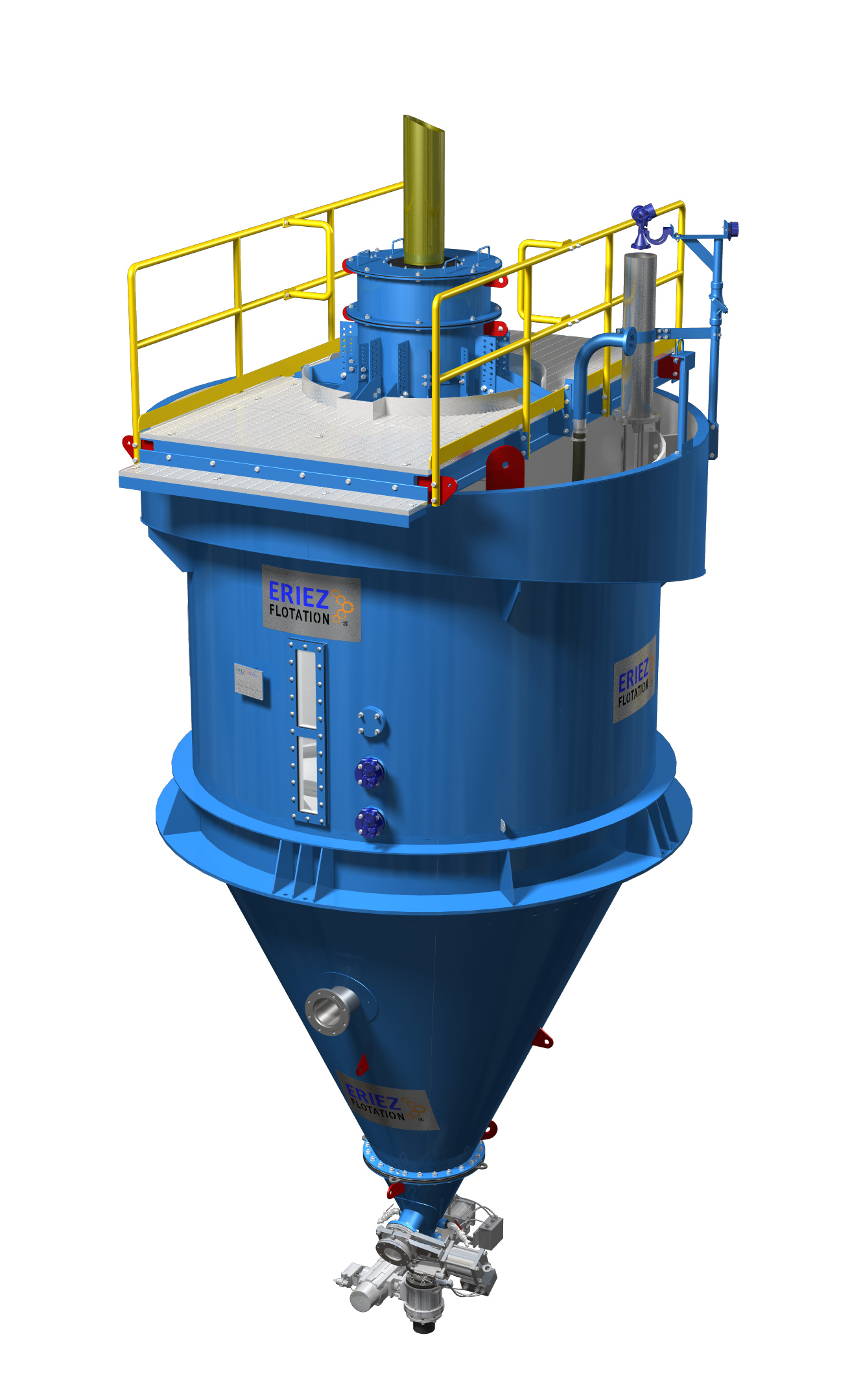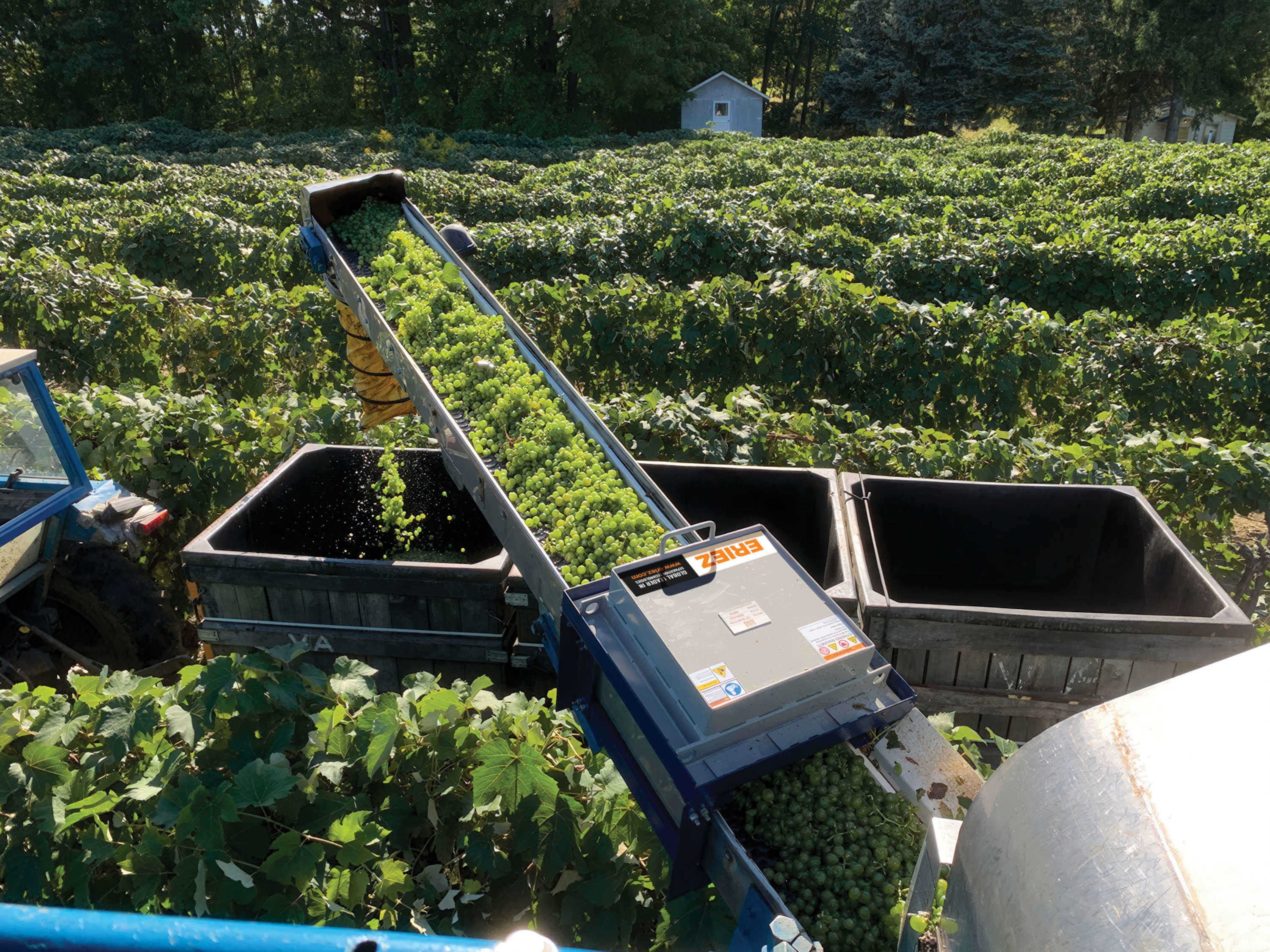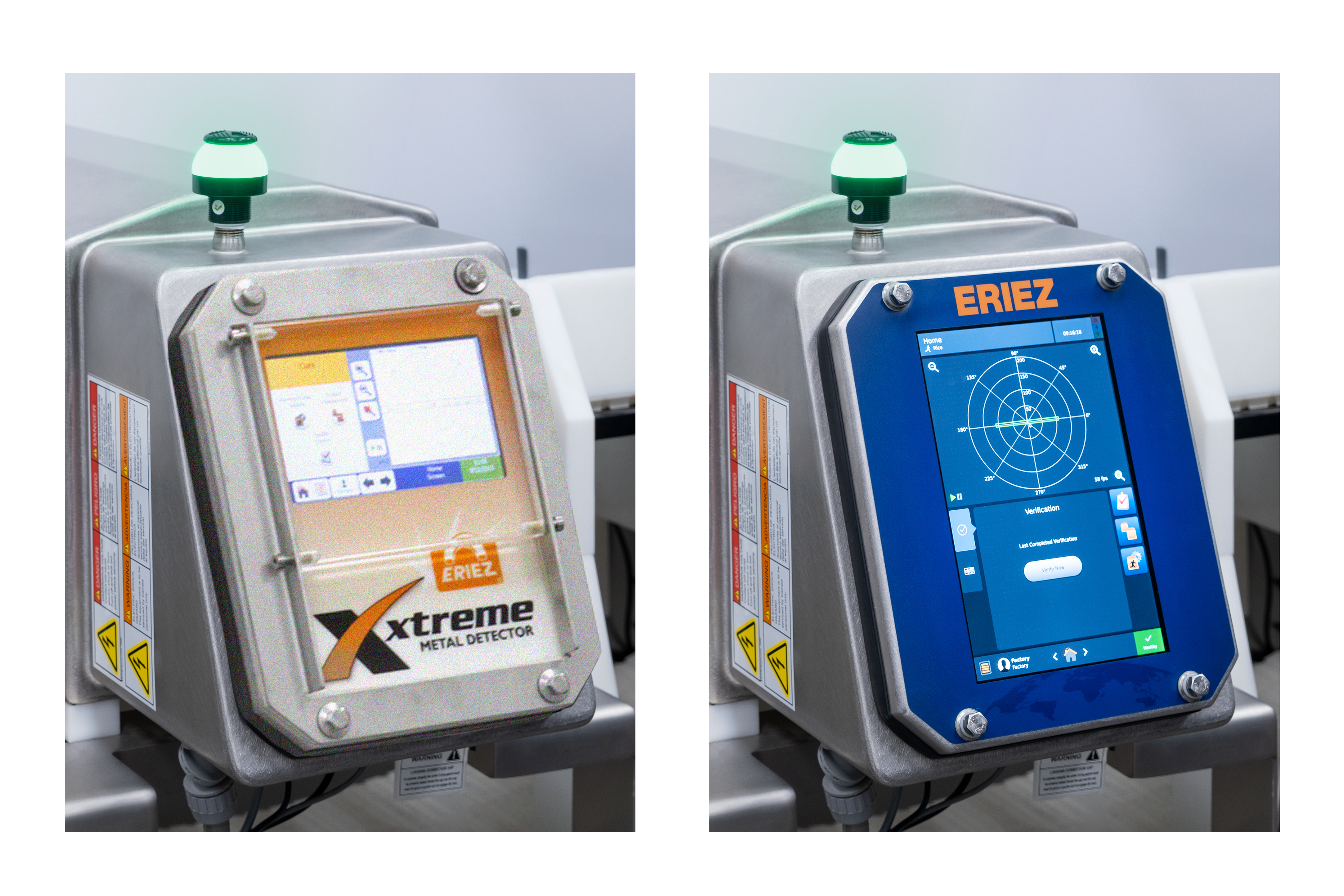Eriez Video Reveals Best Practices for Hopper Transitions in Vibratory Feeders
Eriez®, a global leader in material handling technology, has released a new educational video focused on the critical role of hopper transition design in improving the performance of vibratory feeding and conveying systems. The video offers practical advice on tried-and-tested design approaches that help optimise material flow and boost feeder efficiency.
Viewers are guided through the principles of effective hopper configurations, showing how well-designed transitions ensure even material flow, increase discharge depth, and reduce unnecessary strain on the feeder tray. The video also highlights the drawbacks of common design errors—such as flat or vertical hopper walls and overly large throat openings—which can result in material blockages, flow issues and reduced feeder output.
“Even minor flaws in hopper design can have a significant impact,” says Clay O’Dana, Eriez Global Product Manager – Vibratory. “Poor transitions can cause build-up, restricted flow, reduced capacity and even lead to the need for larger, more expensive equipment.”
Key points covered in the video include:
-
Design considerations for hopper transitions in vibratory feeders and conveyors
-
Ideal hopper geometries to promote smooth material flow
-
Common design pitfalls and their effects on material flow and feeder performance
-
Practical guidance for achieving consistent and reliable bulk handling
The video also stresses the importance of tailoring hopper design to the specific material being handled, noting that material properties must always be factored into any design to achieve the best outcome.
To view the new Eriez video on hopper transitions, visit YouTube. For more details about Eriez Vibratory Feeders and Conveyors, please get in touch with the team.
Visit the Eriez Magnetics Europe Ltd website for more information on Eriez Video Reveals Best Practices for Hopper Transitions in Vibratory Feeders






